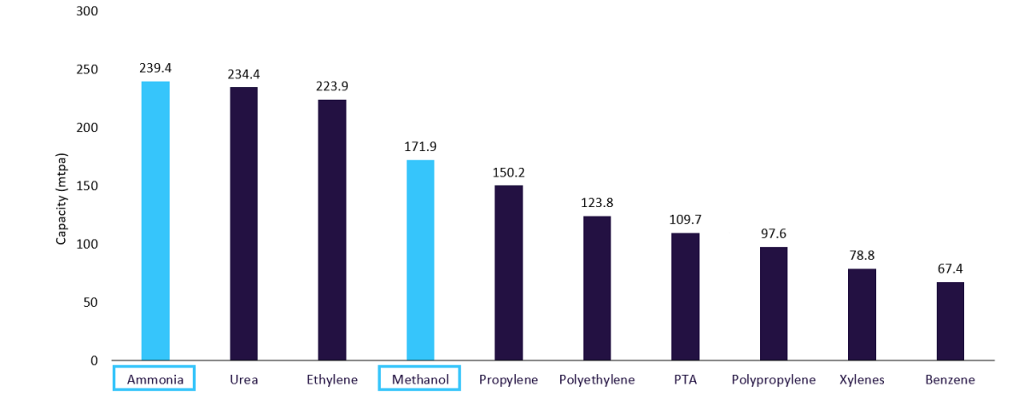The Canadian Government has unveiled a draft framework to limit greenhouse gas pollution from the country’s oil and gas sector.
The proposed ‘Regulatory Framework for an Oil and Gas Sector Greenhouse Gas Emissions Cap’ mandates oil and gas companies to cut up to 38% of their emissions from 2019 levels by 2030.
However, the companies are provided with compliance flexibilities to emit between 20–23% below 2019 levels.
The oil and gas companies would be allowed to produce up to an additional 25 megatonnes, provided they offset their emissions through the purchase of carbon offset certificates or make contributions to a decarbonisation fund.
The country’s new cap-and-trade system has drawn opposition from industry groups and some fossil fuel-producing provinces including Alberta and Saskatchewan, reported Reuters.
Canadian Minister of Environment and Climate Change Steven Guilbeault said: "The Government of Canada's plan to cap and reduce emissions from Canada's largest emitting sector is ambitious but practical.
“It considers the global demand for oil and gas – and the importance of the sector in Canada's economy – and sets a limit that is strict but achievable.”
By the end of this decade, Canada aims to cut emissions by 40–45% below 2005 levels.
The government is planning to publish draft regulations in 2024, with the final regulations scheduled in 2025, according to Reuters.
Canada Minister of Energy and Natural Resources Jonathan Wilkinson said: "The pollution cap will ensure Canada's oil and gas sector does its part to reduce emissions and it will enhance the sector's competitiveness in the rapidly decarbonising global economy. Today's announcement is a key component of our plan to decarbonise Canada's oil and gas sector.”














